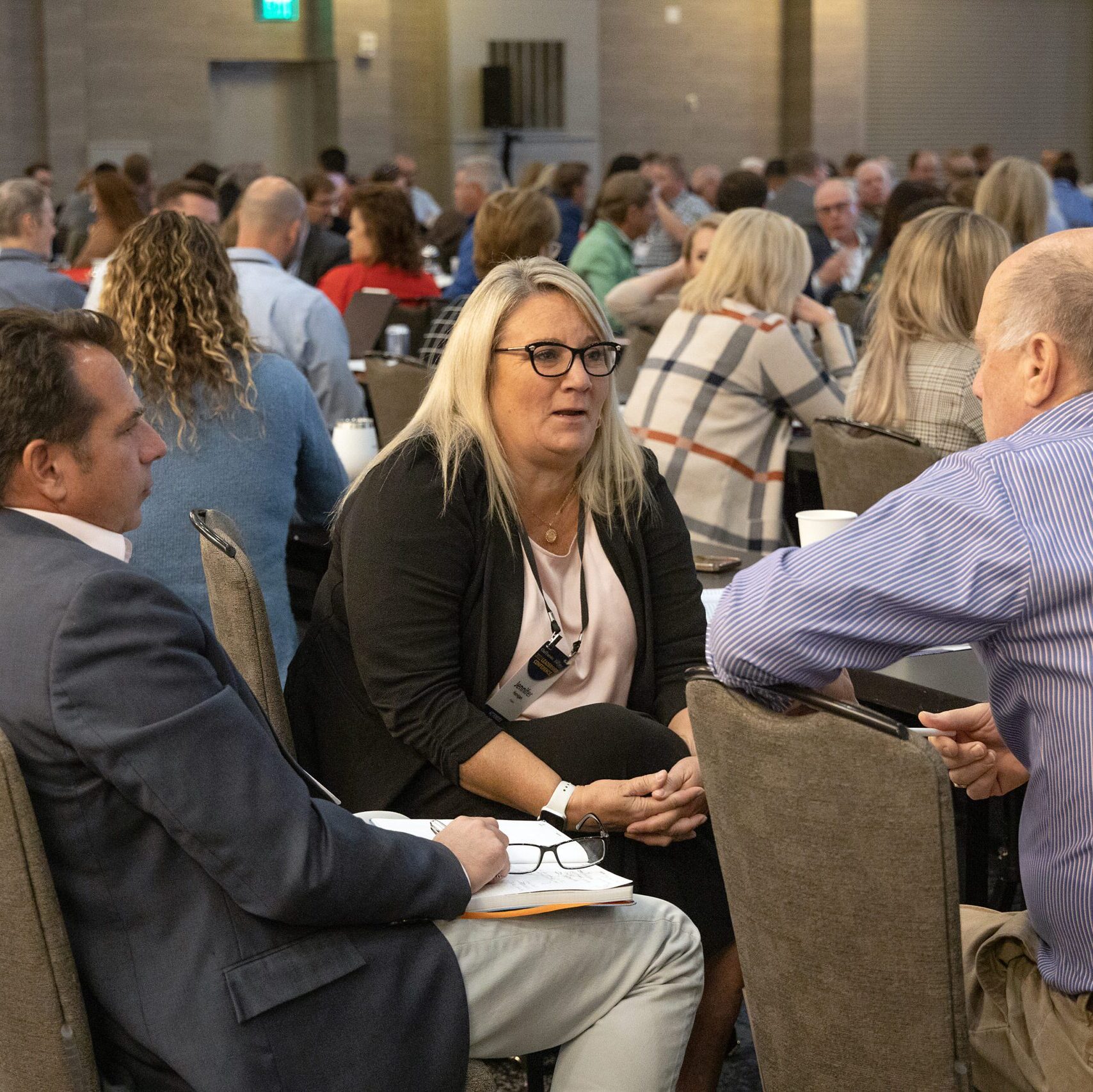


Until recently, a solid set of skills could last most of a career. There were occasional pivots—new roles, new tools—but people largely built on what they knew. That’s changing. However, as artificial intelligence reshapes work, the next generation may need to reinvent themselves half a dozen or more times before they retire.
We’re already seeing that seismic shift. A skill that feels current in January might start to fade by September. AI is accelerating everything, reshaping jobs, roles and how success is defined. Yet, most companies are still treating workforce development as something they can get to later.
They can’t.
This moment in American corporate life is a reckoning. The pace of change is accelerating while the available talent pool is shrinking. The companies that thrive won’t necessarily be the ones with the absolute best technology, but those with the most adaptable people. This is about whether leadership teams can turn good intentions around learning and development into real progress. According to the World Economic Forum’s Future of Jobs Report 2025, employers expect 39 percent of key job skills to change by 2030, a sign of sustained disruption.
And the pressure is everywhere. Across higher education, finance and manufacturing, roles are being reshaped from the top down and the bottom up. Executives are rethinking strategy due to automation. Meanwhile, teams on the ground are adjusting how they execute, sometimes with little guidance from the top. What’s for sure is that AI is changing the process and expectations for nearly every job.
Here’s the catch: In my recent conversations with executives, the same theme comes up repeatedly. Senior leaders are “exploring” AI, taking meetings and attending demos, while mid-level managers and technical staff are already using it. Strategy is lagging reality.
That gap is growing.
What makes this moment especially fragile is the demographic pressure underneath it. More workers are aging out than entering in. The U.S. labor market has fewer people in it than it did before the pandemic, and demand for advanced skills keeps climbing. That leaves companies with a two-part crisis: a shortage of talent, and a shortage of the right kind of talent.
The default systems built to respond—training sessions, learning platforms, coaching programs—feel increasingly out of step. They’re often episodic, focused on compliance or surface-level competence. But workforce development should be a shared responsibility that evolves in real time, alongside the business it serves.
And yet, far too often, it’s still treated subordinate to the business strategy, instead of integral.
To change that, companies need to rethink how they see their employees. Not as cost centers, but as customers. Not as inputs, but as assets that require investment. The most forward-leaning firms are already moving in this direction. At Shopify and Fiverr, AI fluency is now part of every role. Performance reviews reward outcomes and adaptation. Learning isn’t optional. It’s a condition of continued success.
But in most organizations, the gap between aspiration and action is still wide.
Data is part of the problem. Many leaders simply don’t know what skills their workforce currently has or lacks. A McKinsey study found that few companies have even a basic map of their internal capabilities. Tools now exist to fix that, but just seeing the data isn’t enough. Without a strategy, it becomes noise.
Communication is another challenge. HR teams often speak in the language of engagement and retention. Business leaders speak in ROI. The two sides talk past each other, even when they want the same things. What’s missing is translation, the ability to connect workforce investment to clear business results like productivity, agility and time-to-competence.
The upside, though, is clear. A Wharton study found that companies that not only talk about developing employees but actually invest in doing so see a 4 percent higher return on invested capital than those that do neither. That’s a competitive advantage.
So, what does action look like? A few things are becoming clear:
None of this is easy. But it’s far easier than trying to catch up once the gap becomes too wide to close. The future of work won’t wait for companies to feel ready. It’s arriving either way.




0

1:00 - 5:00 pm
Over 70% of Executives Surveyed Agree: Many Strategic Planning Efforts Lack Systematic Approach Tips for Enhancing Your Strategic Planning Process
Executives expressed frustration with their current strategic planning process. Issues include:
Steve Rutan and Denise Harrison have put together an afternoon workshop that will provide the tools you need to address these concerns. They have worked with hundreds of executives to develop a systematic approach that will enable your team to make better decisions during strategic planning. Steve and Denise will walk you through exercises for prioritizing your lists and steps that will reset and reinvigorate your process. This will be a hands-on workshop that will enable you to think about your business as you use the tools that are being presented. If you are ready for a Strategic Planning tune-up, select this workshop in your registration form. The additional fee of $695 will be added to your total.

2:00 - 5:00 pm
Female leaders face the same issues all leaders do, but they often face additional challenges too. In this peer session, we will facilitate a discussion of best practices and how to overcome common barriers to help women leaders be more effective within and outside their organizations.
Limited space available.

10:30 - 5:00 pm
General’s Retreat at Hermitage Golf Course
Sponsored by UBS
General’s Retreat, built in 1986 with architect Gary Roger Baird, has been voted the “Best Golf Course in Nashville” and is a “must play” when visiting the Nashville, Tennessee area. With the beautiful setting along the Cumberland River, golfers of all capabilities will thoroughly enjoy the golf, scenery and hospitality.
The golf outing fee includes transportation to and from the hotel, greens/cart fees, use of practice facilities, and boxed lunch. The bus will leave the hotel at 10:30 am for a noon shotgun start and return to the hotel after the cocktail reception following the completion of the round.